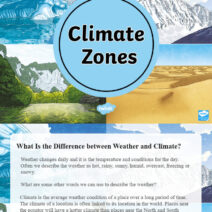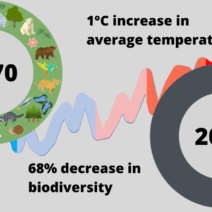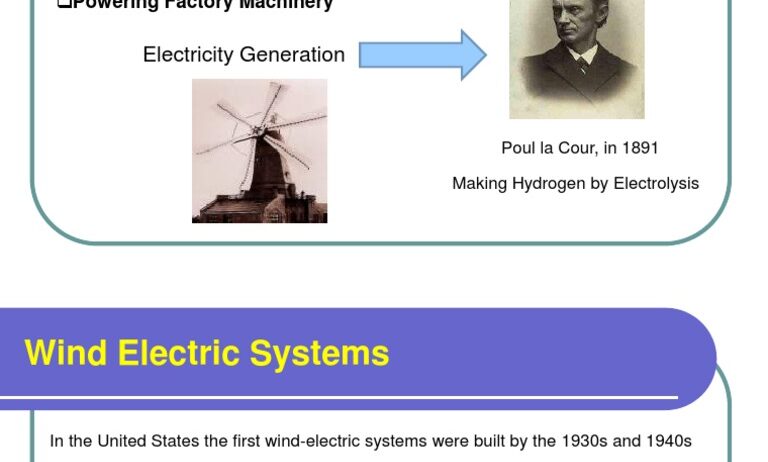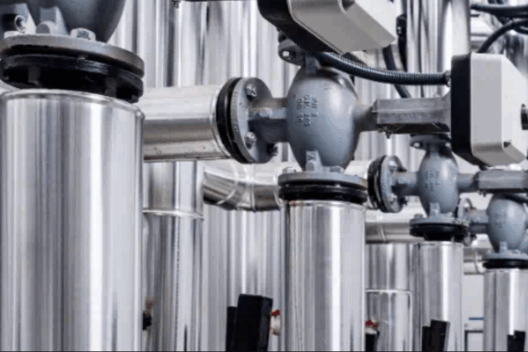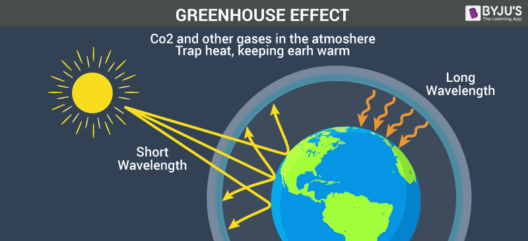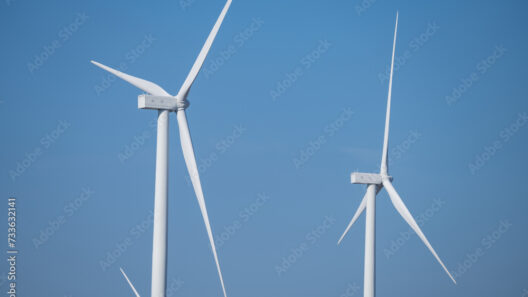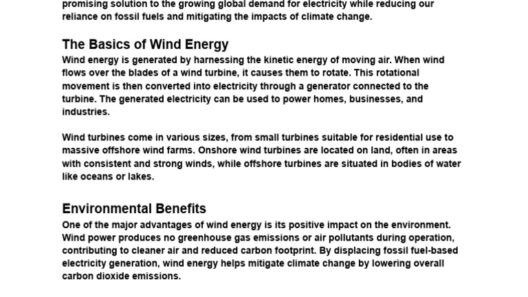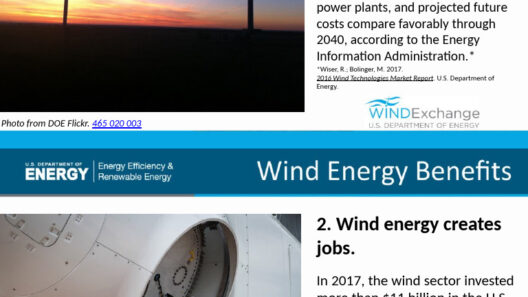In an age where fossil fuels are increasingly scrutinized for their environmental impact, the reemergence of wind energy offers a glimmer of hope. But, when was this renewable resource first harnessed? Understanding the historical trajectory of wind energy is crucial for appreciating its contemporary relevance and future potential. The journey from ancient sailboats to state-of-the-art wind turbines is a fascinating chronicle of human ingenuity and adaptability.
The Genesis of Wind Power: Ancient Innovations
Wind energy is not a novel concept. Its roots can be traced back to antiquity, where civilizations intuitively capitalized on the force of the wind. The earliest recorded use of wind power dates back to around 5000 BC in Mesopotamia, where ancient sailors constructed simple sailboats that utilized wind currents. This primitive innovation heralded an era of exploration and trade, symbolizing humanity’s quest to harness nature’s elements.
By 200 AD, the Persians took a giant leap forward with the invention of vertical-axis windmills. These early machines, primarily used for milling grain and pumping water, were ingeniously designed to capture the wind from any direction. The sophistication of these windmills exhibited a profound understanding of mechanics and energy conversion, demonstrating that our ancestors were not merely passengers of nature but rather skilled navigators of its forces.
As societies evolved, so too did the applications of wind power. The medieval period in Europe witnessed the proliferation of horizontal-axis windmills, particularly in the Netherlands, where wind was employed for land reclamation and irrigation. These advancements paved the way for the eventual integration of wind energy into the fabric of daily life, significantly influencing agricultural practices and urban development.
Reawakening Interest: The Industrial Revolution
Despite its historical significance, wind energy receded into the background during the Industrial Revolution as fossil fuels became the dominant source of power. However, the late 19th century rekindled interest in wind technology. Innovators began to harness wind’s potential scientifically, leading to remarkable advancements. In 1887, British inventor James Blyth created a wind turbine that produced electricity to power his home, marking a pivotal moment in the convergence of wind energy and electrical power.
This burgeoning interest in wind energy coincided with the global push for electrification, as cities urbanized and the demand for energy skyrocketed. The potential to generate electricity from wind spurred investments and research, leading to more efficient designs and greater awareness of renewable energy sources. Despite the overwhelming reliance on coal and oil, the seeds of the modern wind energy movement were solidified during this intensely transformative period.
The Modern Renaissance: A Response to Environmental Concerns
The oil crises of the 1970s catalyzed a seismic shift in how societies viewed energy consumption. Suddenly, the ideas of sustainability and energy independence took center stage, igniting a renewed commitment to alternative energy sources. Alongside this momentum, advancements in technology enabled the development of larger and more efficient wind turbines.
This modern renaissance of wind energy came with the confluence of ecological awareness and technological innovation. The advent of computer-aided design and materials science led to turbines capable of generating significant power output, even in low-wind conditions. By the 1980s, wind farms began to sprout across the globe, transforming landscapes and showcasing the practical application of wind energy as a viable alternative to conventional energy sources.
Unleashing the Potential: The Age of Turbines
As the 21st century dawned, the transformation of wind energy reached new heights. The construction of large utility-scale wind farms became commonplace, and nations began to integrate renewable energy into their energy portfolios. Today, countries such as Germany, Spain, and the United States are leading the way in wind energy production, reinforcing its role as a cornerstone of the global energy transition.
The transition to wind power promises not just an environmental boon but also social and economic benefits. Decentralized energy production through wind farms can empower communities, reduce energy costs, and bolster local economies. As countries strive to meet ambitious carbon neutrality targets, wind energy presents a compelling alternative that can genuinely transform our approach to energy consumption.
Turning the Tide: The Future of Wind Energy
As we navigate the complexities of climate change, the significance of wind energy cannot be overstated. Advancements continue to unfold, including aerodynamic improvements, innovative materials, and smart-grid technologies that enhance the efficiency and reliability of wind energy generation. Emerging trends such as offshore wind farms and vertical-axis turbines further highlight the untapped potential of harnessing wind efficiently.
The discourse surrounding wind energy invites us to reconsider our relationship with resources. It challenges the narrative of boundless consumption and urges a shift toward sustainability. By studying the historical context of wind energy, we not only uncover a treasure trove of human creativity but also pivot our perspective towards exploring the myriad possibilities that lie ahead.
In summary, the historical development of wind energy emerges as both a testament to human ingenuity and a catalyst for a sustainable future. From its humble beginnings in ancient civilizations to its pivotal role in the contemporary energy landscape, wind power invites us to envision a world where energy is harnessed in harmony with nature, rather than in opposition to it. Let the winds of change guide us towards a greener, more sustainable tomorrow.
